Big cats have long captivated the human imagination with their majestic presence and distinctive appearances. From the spotted elegance of the leopard to the striking stripes of the tiger and the regal solid coloring of the lion, big cat coat patterns are more than just a feast for the eyes—they are a testament to millions of years of evolution. But how have these patterns developed, and what purposes do they serve in the wild? In this article, we delve into the evolution of big cat coat patterns, exploring how these magnificent creatures have adapted to their environments.
Origins of Big Cat Patterns
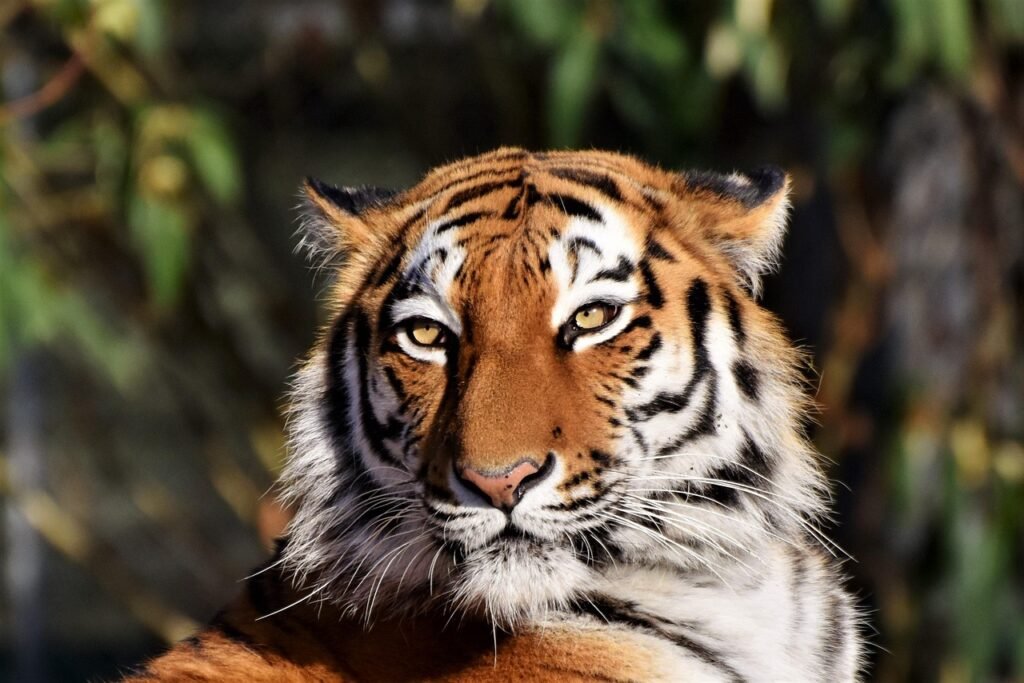
The ancestry of big cats traces back millions of years, and so do their diverse coat patterns. These patterns didn’t emerge overnight; instead, they evolved over countless generations as these apex predators adapted to their specific habitats. Various factors influenced the development of their unique markings, such as climate, habitat, and the need for camouflage. Early big cats, akin to their modern relatives, probably had rudimentary spots and stripes that evolved to better suit their ecological niches.
Camouflage and Survival
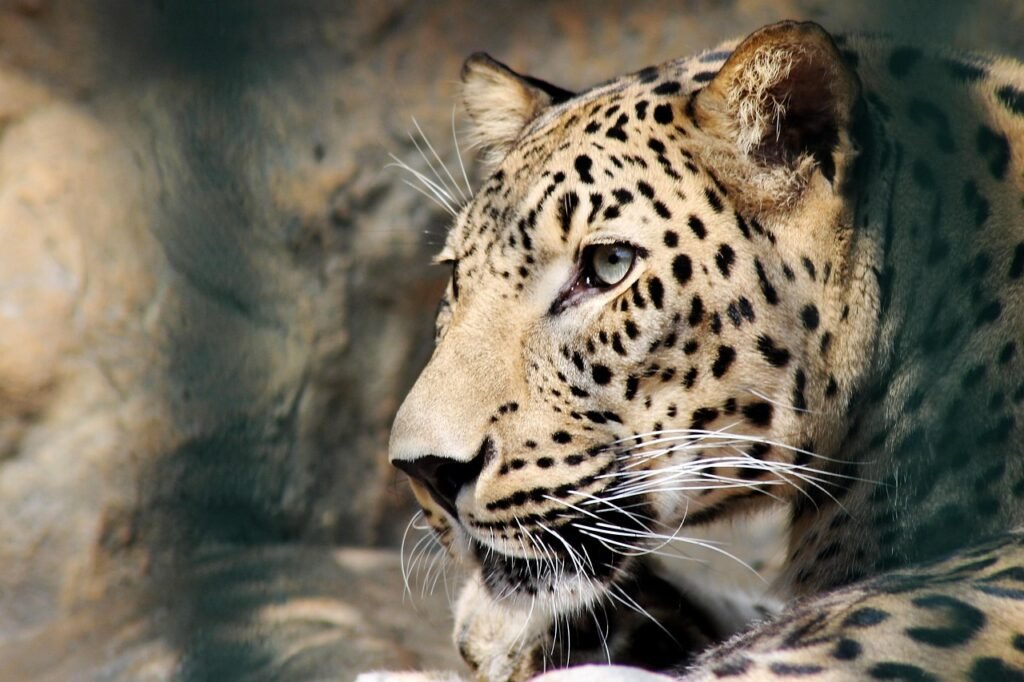
One of the most critical functions of big cat coat patterns is camouflage. This adaptation enables them to blend seamlessly into their environments, making them more effective hunters and offering protective benefits. For instance, the dappled spots of a leopard perfectly mimic the play of light and shadow in its forest habitat, helping it stalk prey undetected. Similarly, the vertical stripes of a tiger imitate the tall grasses of their lush, forested territories, providing both concealment and an element of surprise.
Spotted Coats: The Elegance of Leopards and Cheetahs
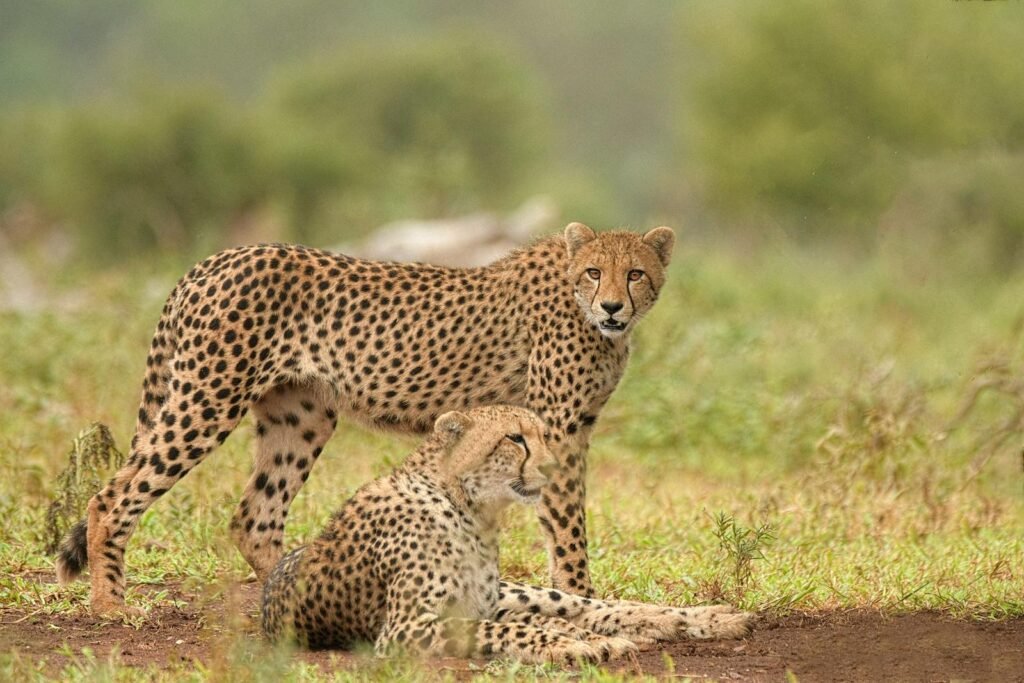
Spots are a hallmark of certain big cats, specifically leopards and cheetahs. These markings, known as rosettes for leopards, serve dual purposes: they offer exceptional camouflage and communicate information about an individual’s fitness and health. In cheetahs, black tear lines running from their eyes to their mouth serve to reduce glare and enhance focus on prey. The patterns also assist in temperature regulation, with the darker spots absorbing more sunlight.
The Enigma of Stripes: Tigers and Beyond
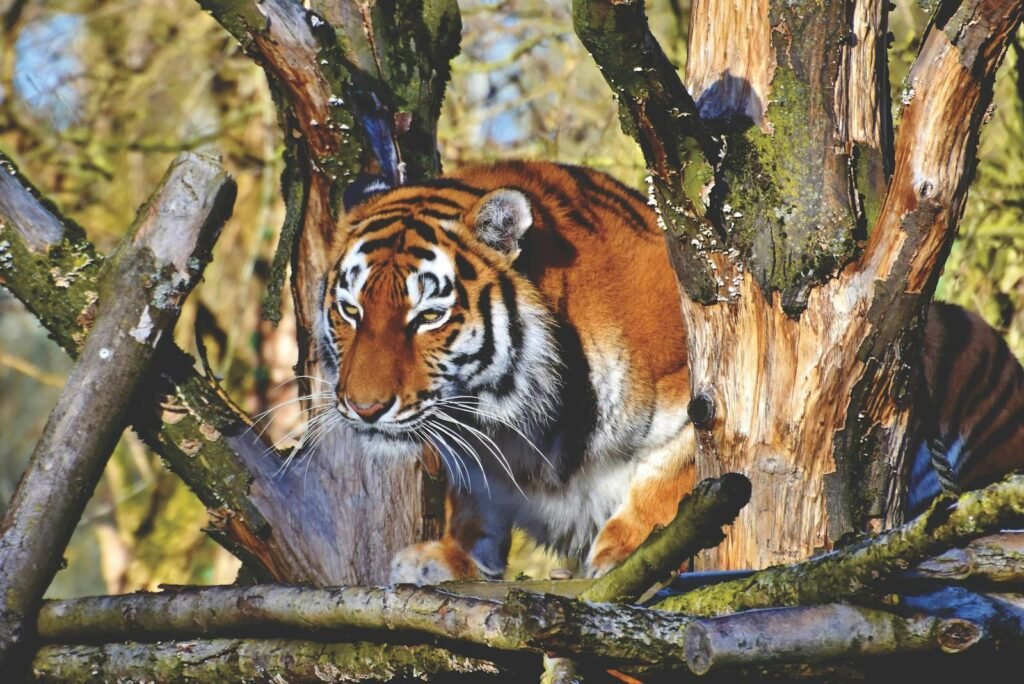
Tigers are the quintessential striped cats, their luxurious coats instantly recognizable for their black stripes on bright orange fur. Each tiger’s stripe pattern is as unique as a fingerprint, serving as an identifier as well as camouflage. The stripes mimic the vertical patterns of grasses and trees in their habitats. Other less known striped big cats include the elusive Asian golden cat and the African serval, whose markings help them remain undetected by prey and predators alike.
Solid Coats: The Majesty of Lions
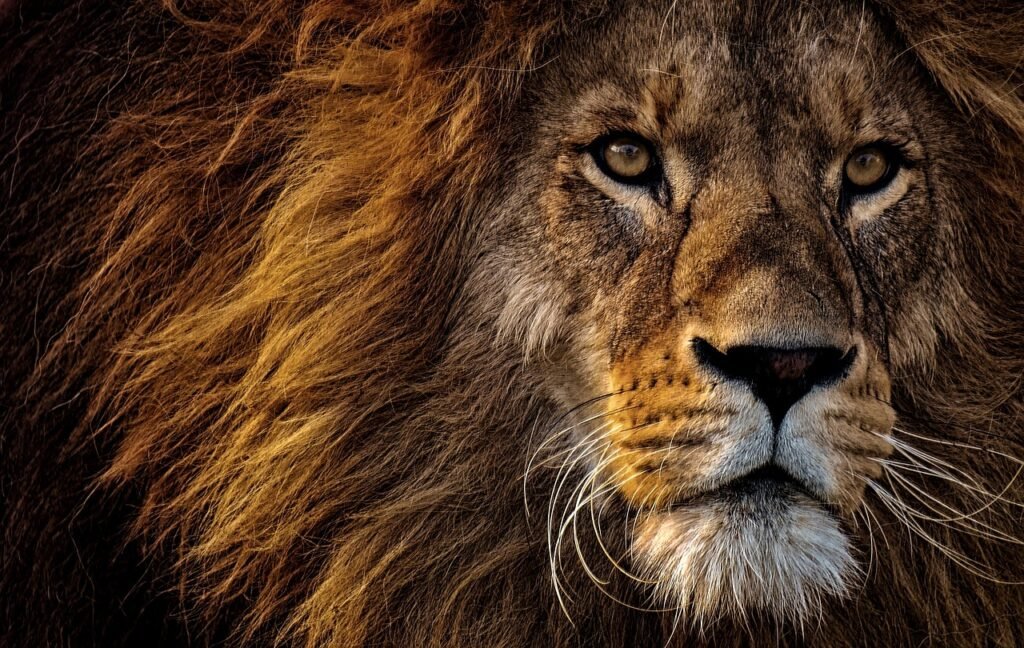
The lion, often referred to as the king of the jungle, typically exhibits a solid tawny coat, an adaptation that suits its savannah environment. The males’ iconic manes, varying in color from blond to black, signal maturity and virility, playing a role in social behavior and attraction during mating. The lion’s coat color can indicate its health and nutrition status, with darker, richer hues suggesting better overall fitness.
The Role of Genetics
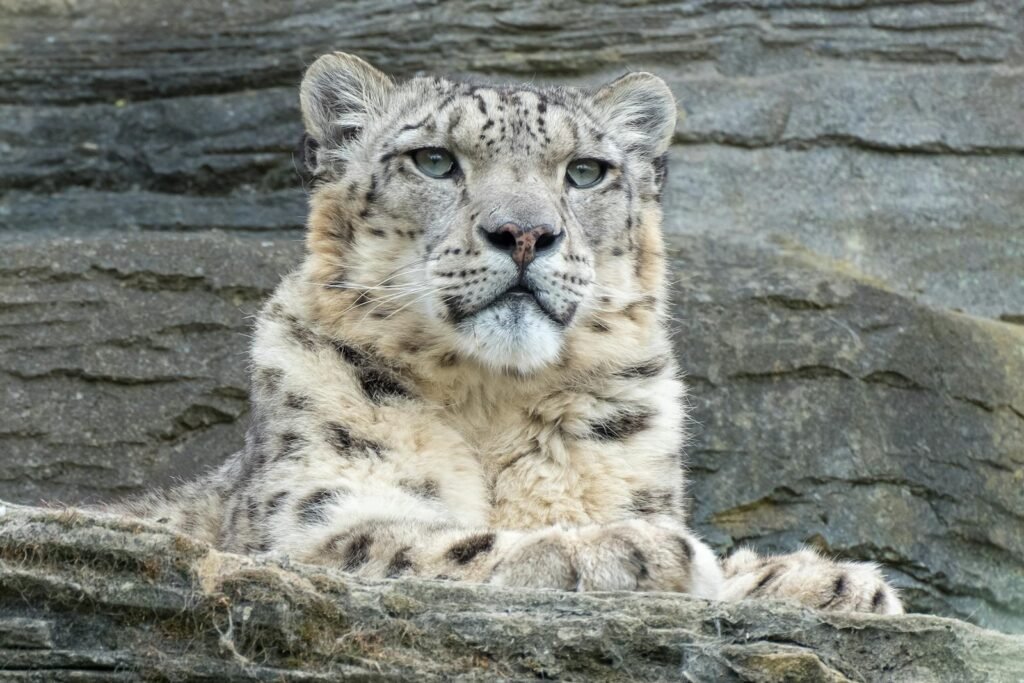
Genetics play a pivotal role in determining the coat patterns of big cats. Specific genes dictate the type and distribution of pigmentation, resulting in the spectrum of patterns observed today. Mutation in these genes can lead to unique colorations, such as the white coats of some tigers and lions. Understanding these genetic processes not only unravels the mysteries of evolution but also aids in conservation efforts by highlighting the genetic diversity within species.
Patterns as Communication Tools
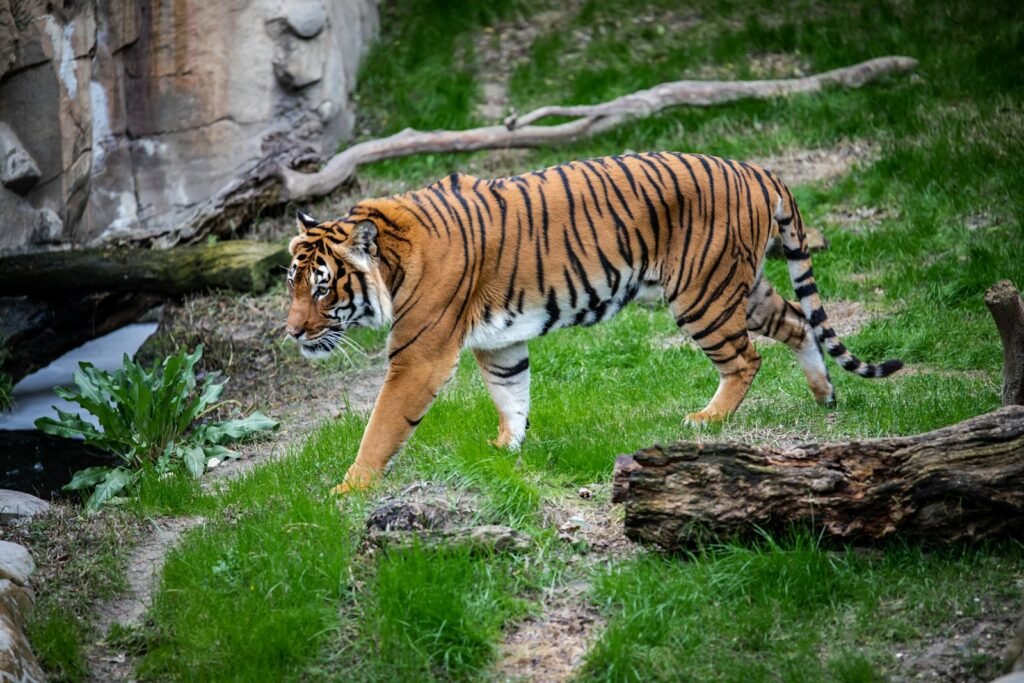
Beyond camouflage and aesthetic appeal, coat patterns serve as vital communication tools among big cats. Markings can convey a wealth of information about age, sex, reproductive status, and social hierarchy. For instance, the intensity of a tiger’s stripes may signal its dominance and readiness to fight or mate. Such visual cues are integral to the social structures of big cats, influencing interactions and aiding in the organization of complex societies.
Changing Environments and Adaptability
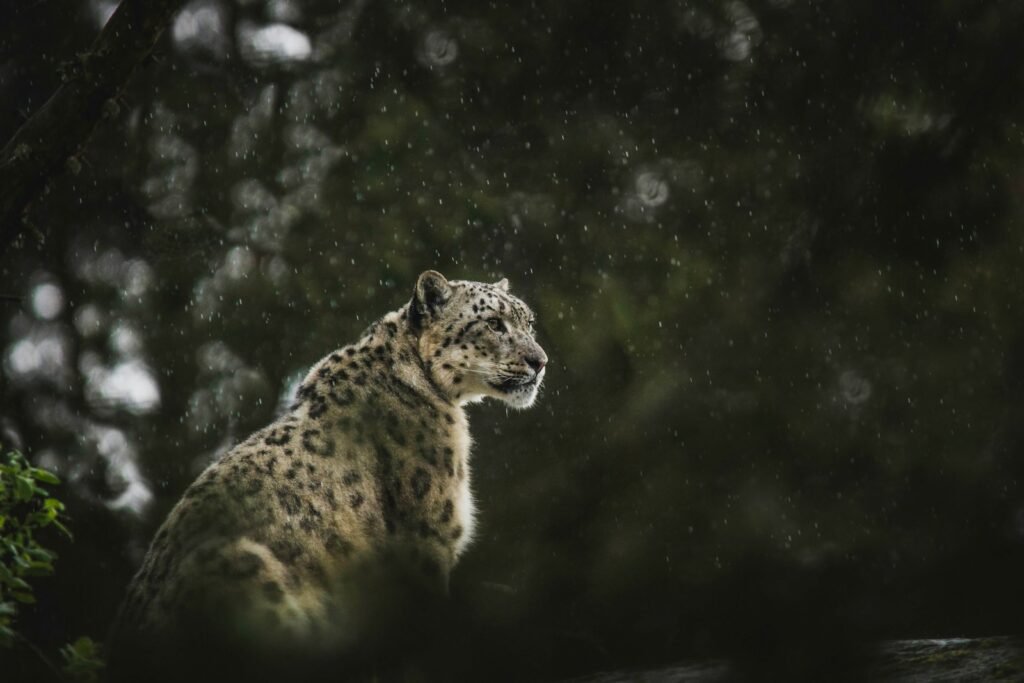
Despite their impressive evolutionary history, big cats face unprecedented challenges due to rapidly changing environments and human encroachment. Urban expansion, deforestation, and climate change threaten their natural habitats, pushing these majestic animals into increasingly fragmented and shrinking territories. Patterns that were once advantageous might become liabilities if habitats are severely altered, making adaptability more critical than ever.
Conservation and Future Evolution
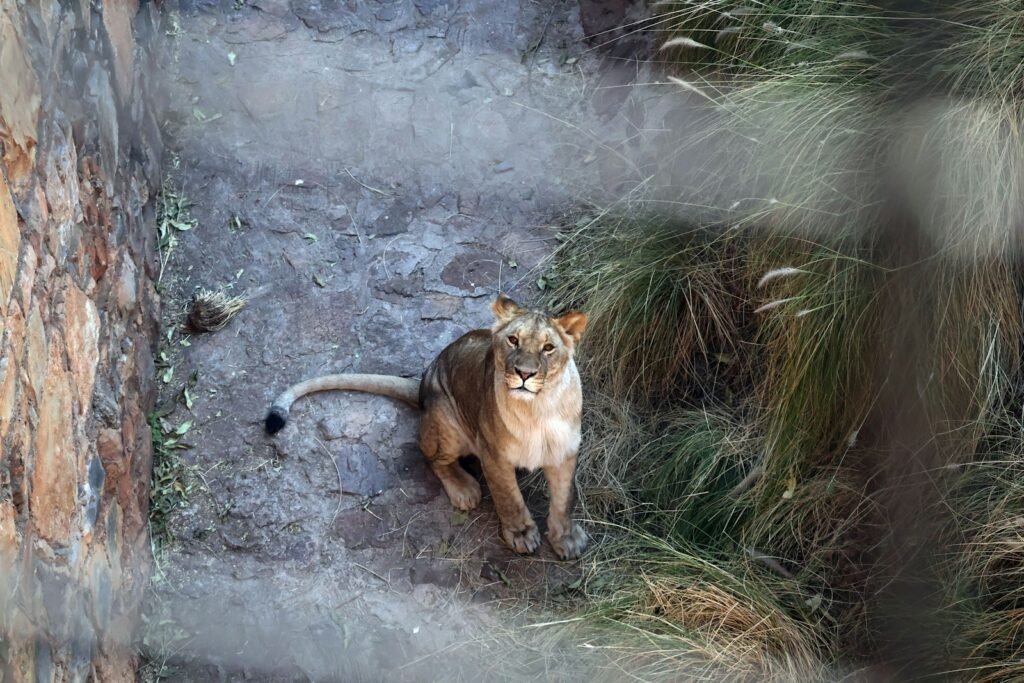
Preserving the biodiversity of big cats requires an understanding of their ecological roles and evolutionary heritage. Conservation efforts aim to protect existing habitats and facilitate genetic diversity, ensuring these spectacular coat patterns persist for future generations. By fostering healthy populations and creating wildlife corridors, we allow natural selection to continue shaping big cat evolution in response to both natural and human-induced pressures.
Conclusion: The Dynamic Beauty of Big Cats
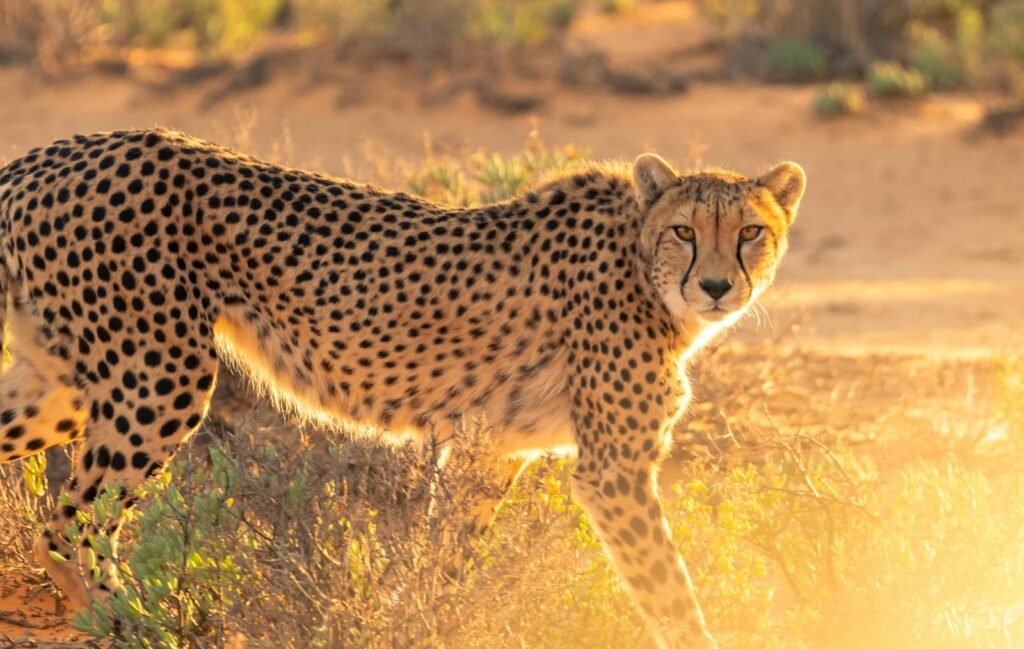
The intricate patterns of big cats are more than mere displays of beauty—they are records of evolutionary triumphs and adaptation strategies. From the sophisticated spots of cheetahs to the bold stripes of tigers and the majestic solid fur of lions, each pattern tells a story of survival, communication, and adaptation. As we strive to protect these apex predators, understanding the science and wonder behind their diverse coats reminds us of their crucial place in the tapestry of biodiversity. Let us appreciate and defend the delicate balance that has allowed such magnificence to evolve, ensuring that these remarkable creatures can continue to roam the wild for ages to come.
Hi, I’m Bola, a passionate writer and creative strategist with a knack for crafting compelling content that educates, inspires, and connects. Over the years, I’ve honed my skills across various writing fields, including content creation, copywriting, online course development, and video scriptwriting.
When I’m not at my desk, you’ll find me exploring new ideas, reading books, or brainstorming creative ways to solve challenges. I believe that words have the power to transform, and I’m here to help you leverage that power for success.
Thanks for stopping by, Keep coming to this website to checkout new articles form me. You’d always love it!






